On the Ethics of Fair Trade:
Suppliers vs Clients
Sustainable, Responsible Travel
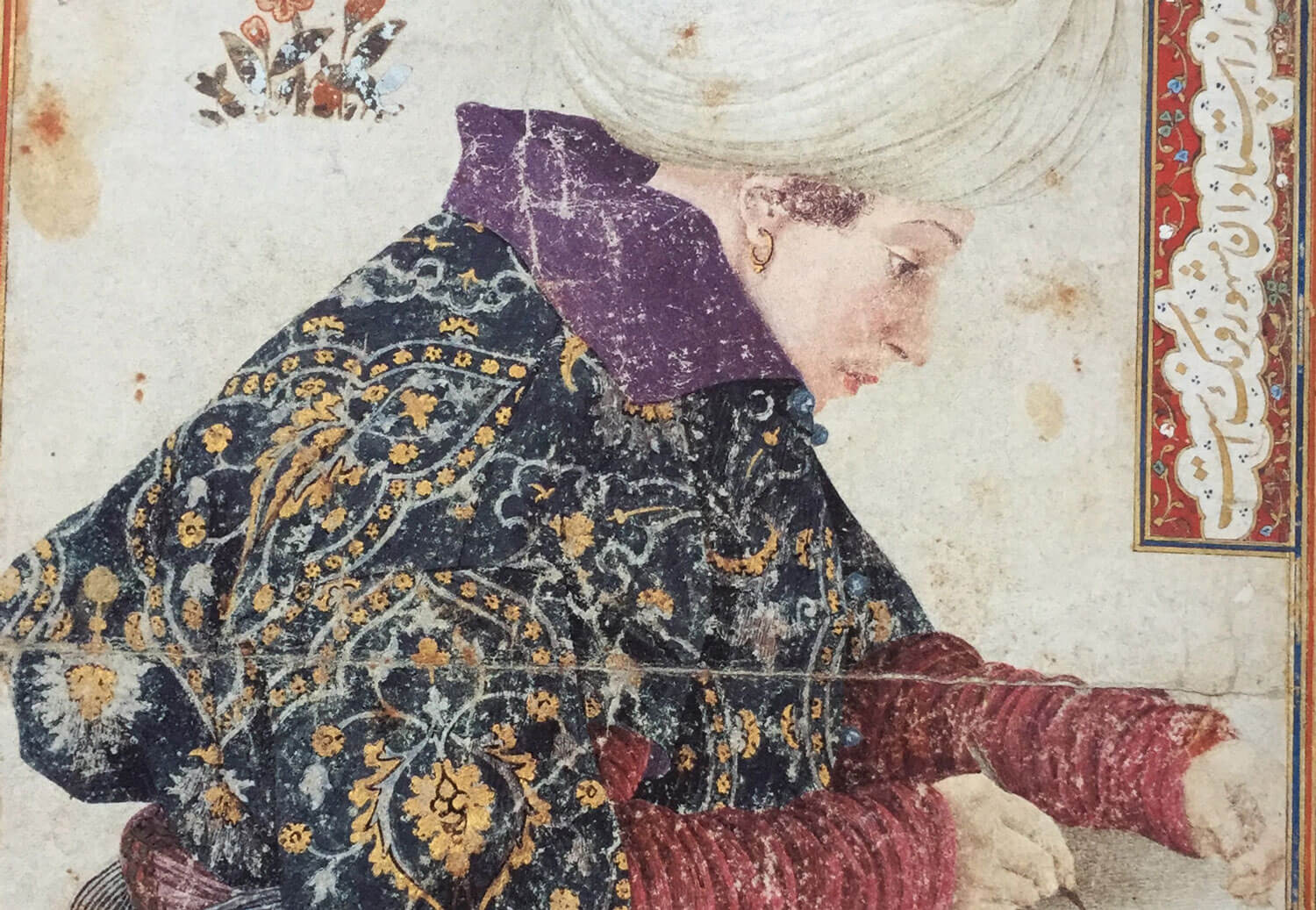
Chapter Six
Ethics
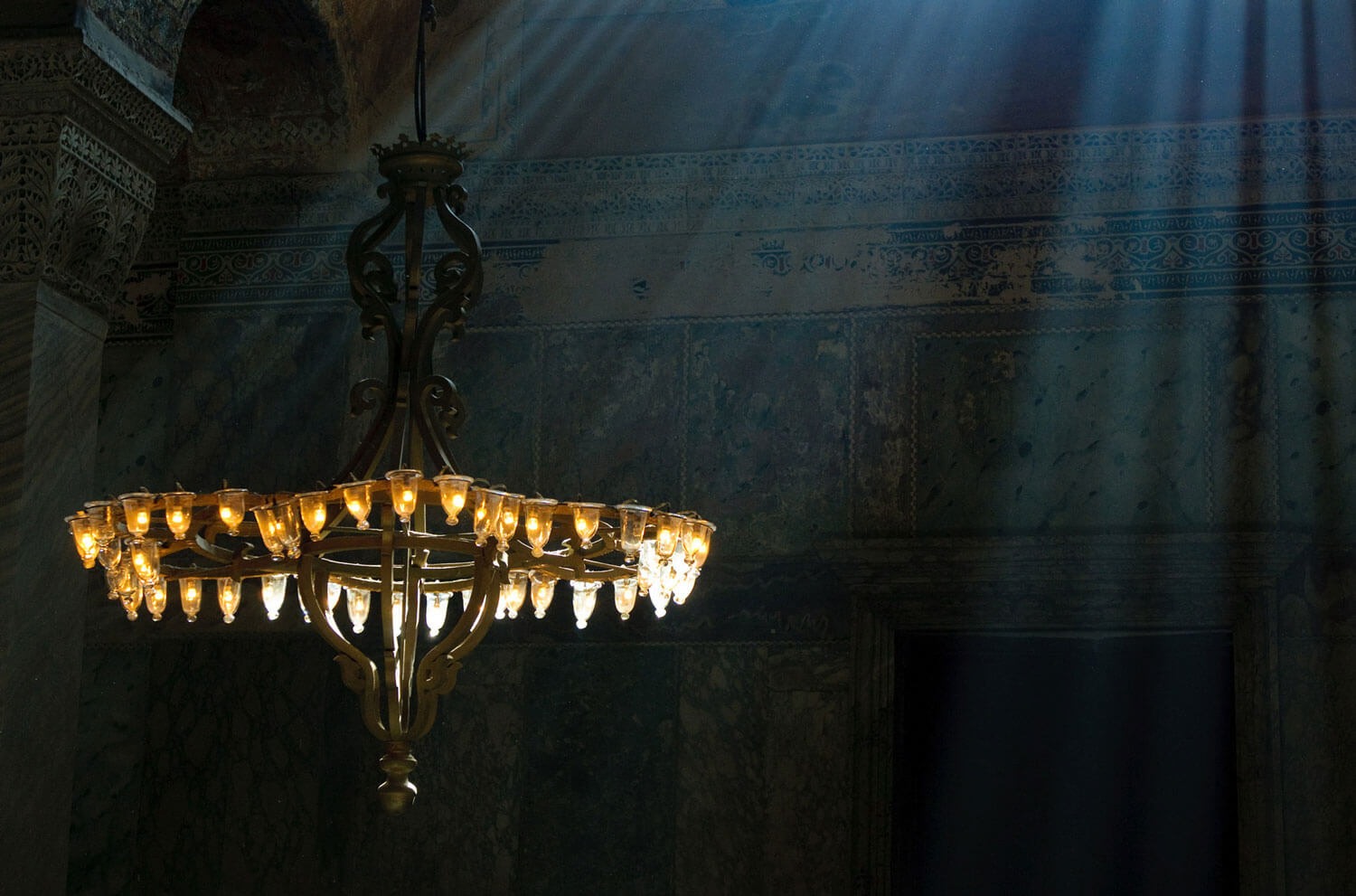
"I must, Varus, tell you:
Suffenus, known to us both as a man of elegance, wit and sophistication, is also a poet who turns out verse by the yard."Catallus
No false economy, whatsoever. No corner-cutting.
We are committed to supplying our clients with the most competitive rates, deliver fully and be fair with our suppliers.
If we’re to play by cutting corners, we might as well not play at all.
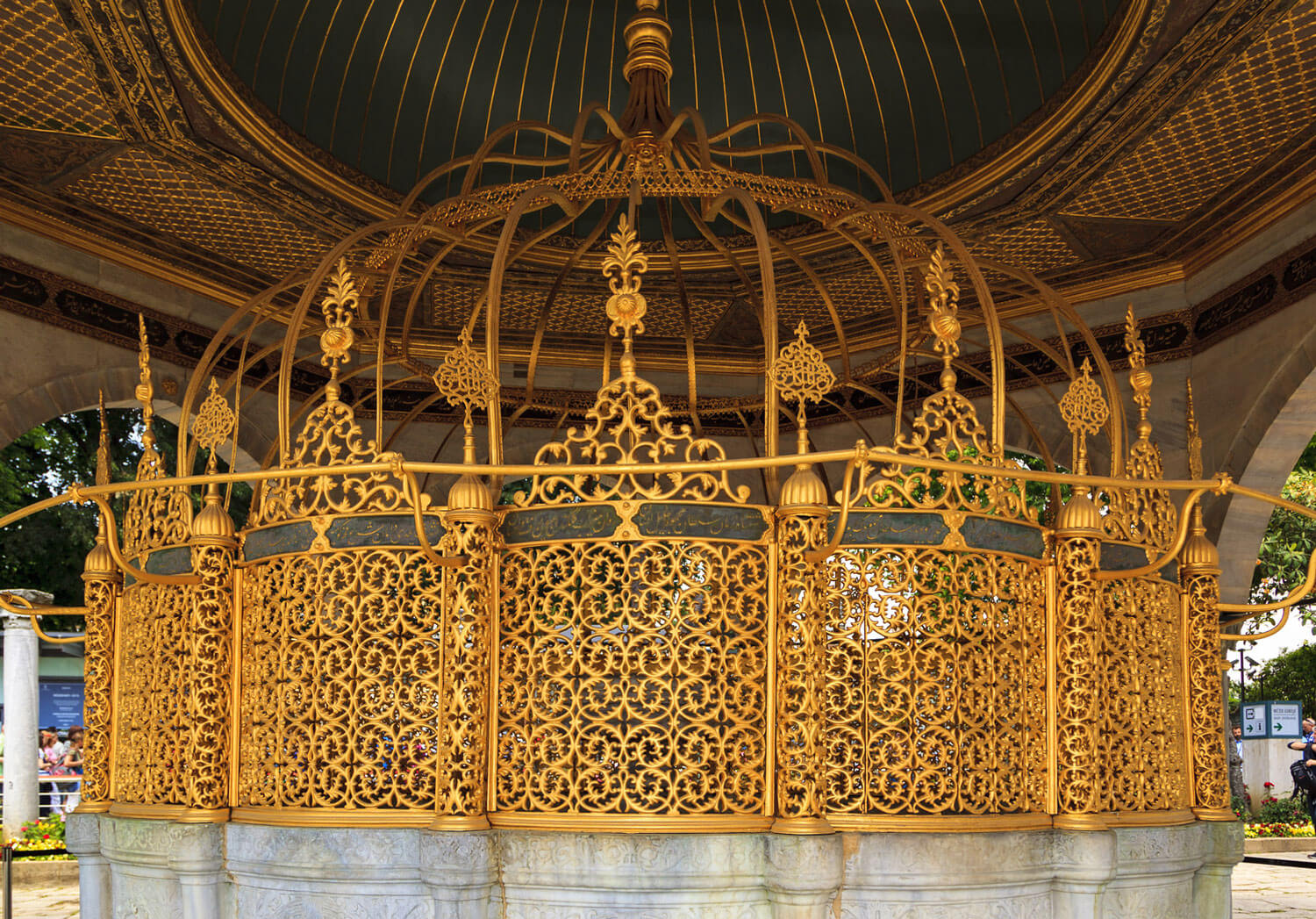
Destination management is a multi-disciplinary endeavor. It is as successful as the delivery of the least involved supplier, whether companies or their employees.
In any case, we consider all such individuals and corporate entities to be our partners.
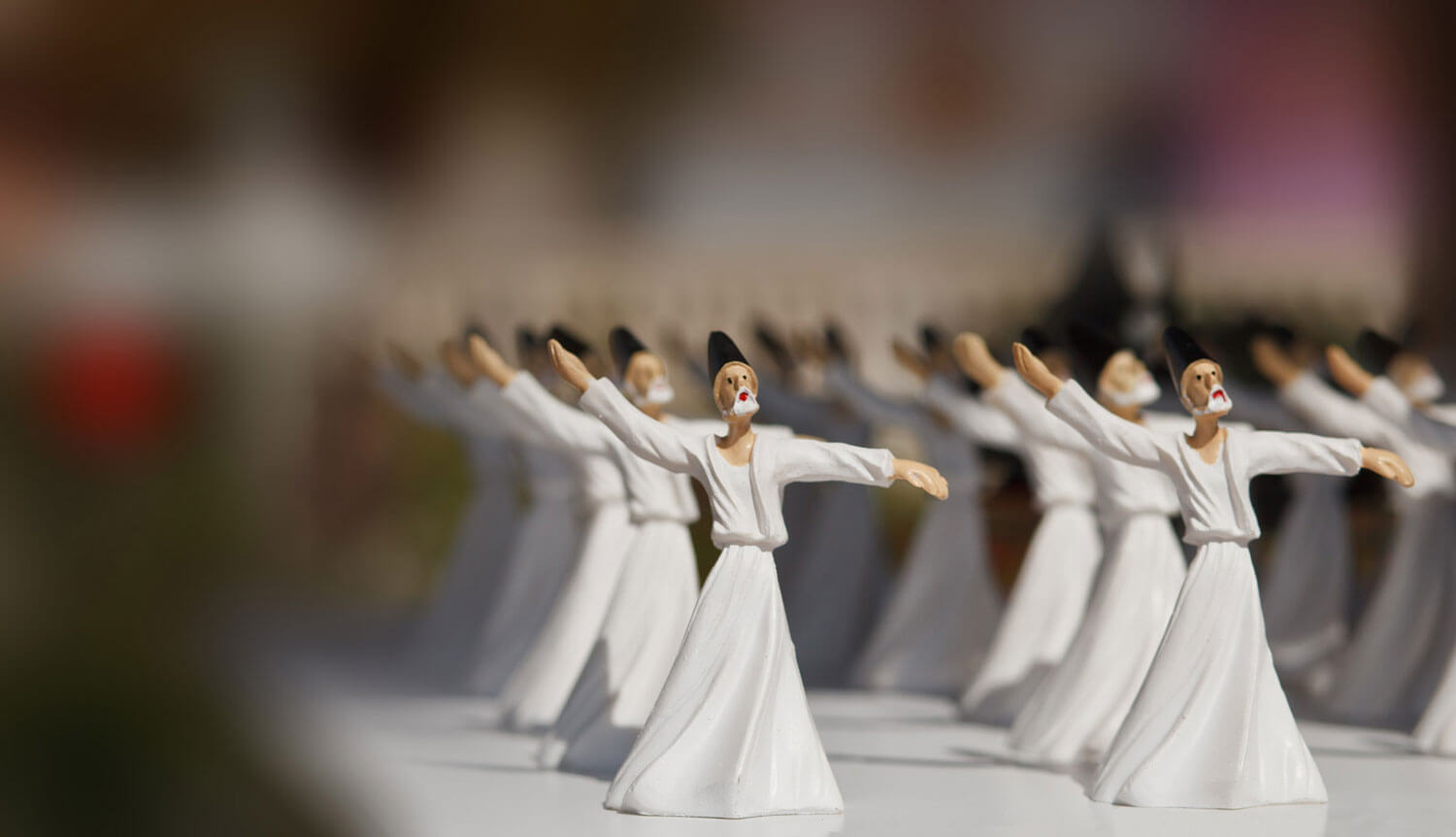
The companies we buy services of, porters at the hotels, waiters at the restaurants we use, deckhands on the boats we hire are all assets, but at the same time they are possible liabilities on us.
In order to ensure our touring programs run with absolutely no glitches at all, we’d need to know what, where, when, why to anticipate and by who (or ‘whom’?).
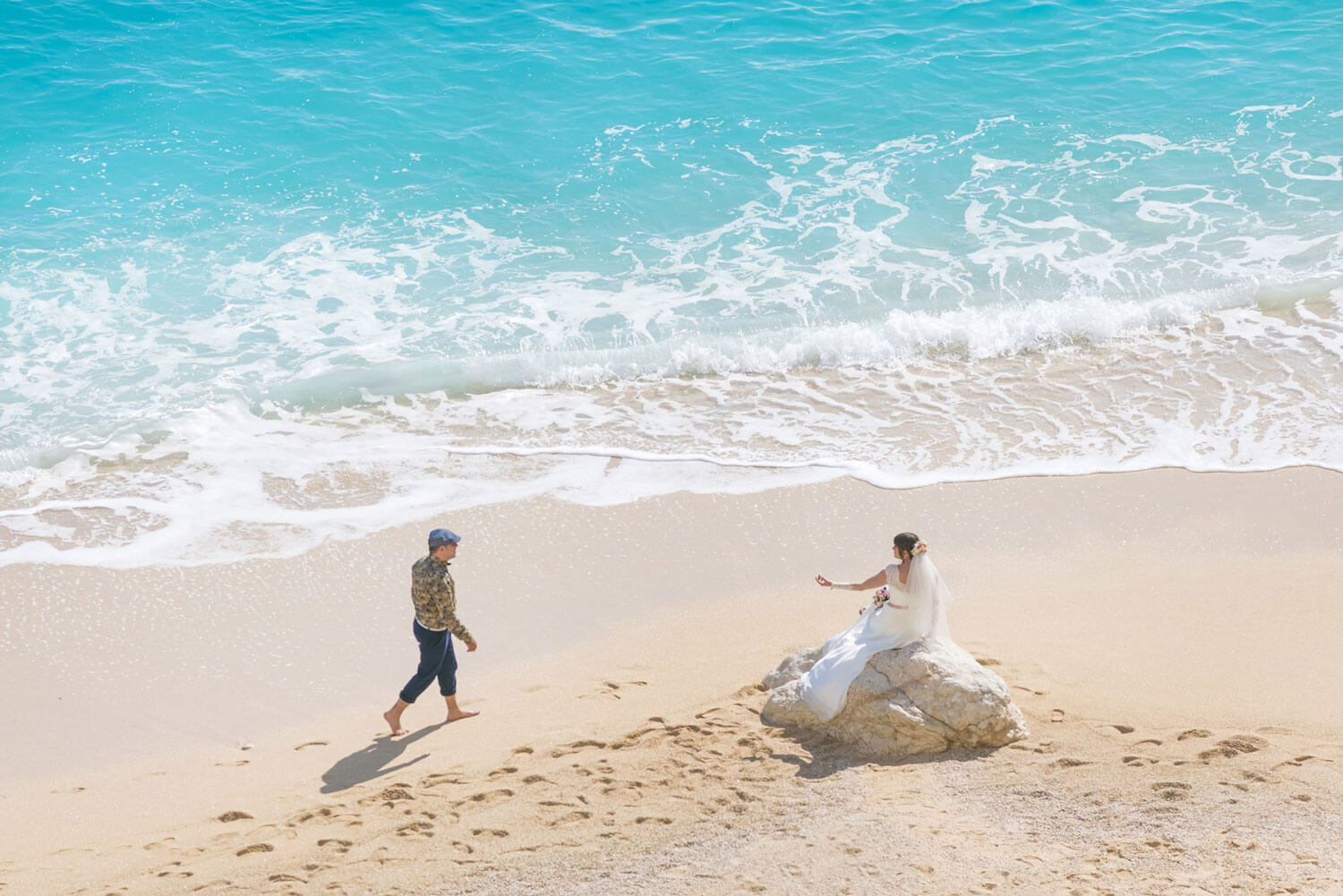
In Turkey, the mere human factor is still tremendous, almost to a level of abstraction, and it holds sway over rigid, pedantic professionalism.
Recognition of this factor has helped us understand the industry mechanics where even the highest universal conventions still come under a higher code: Observing market dynamics is a professional act.
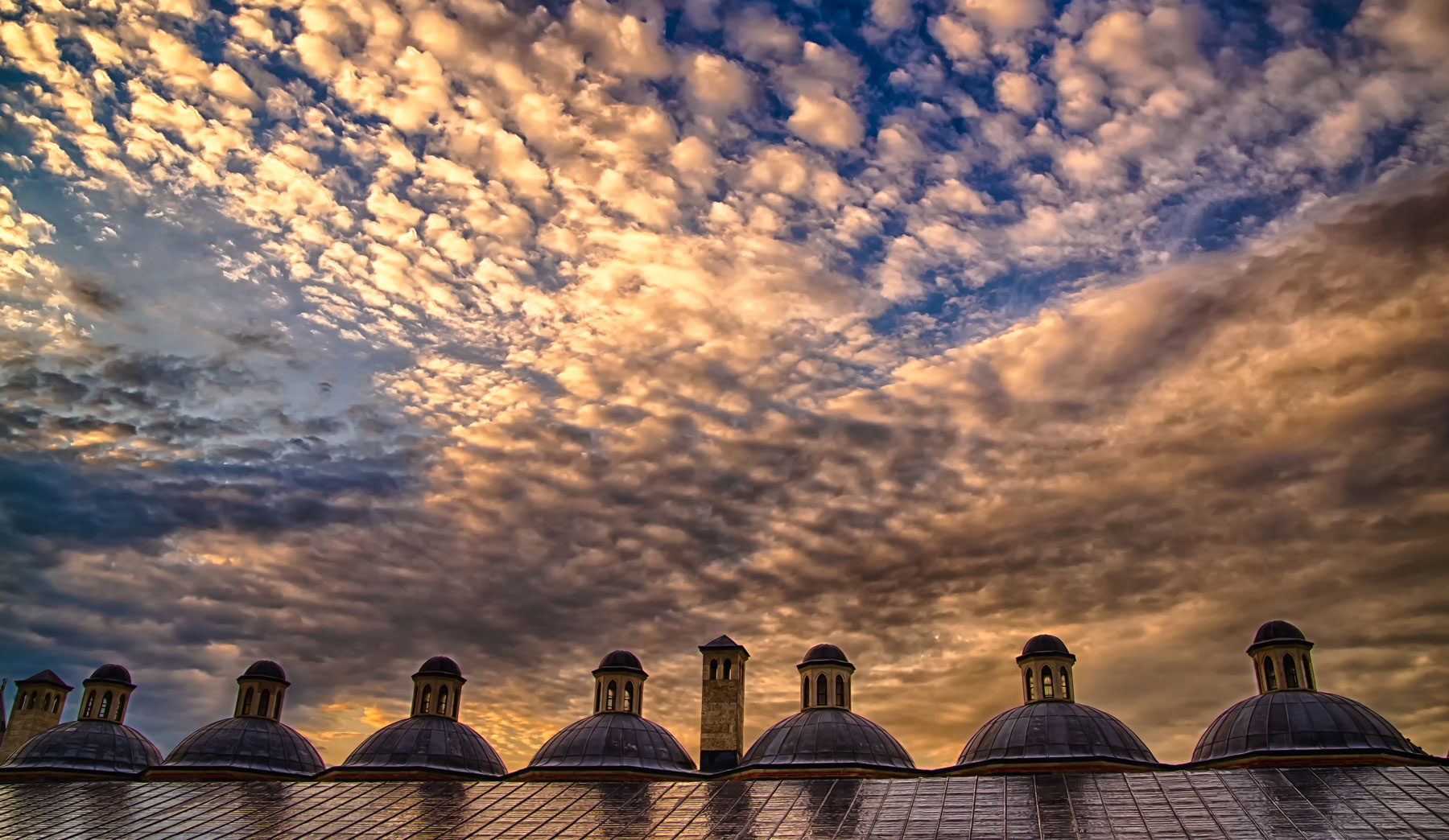
We appreciate that brand loyalty is a significantly credible concept on the part of our partners as well as our clients.
This policy of integrating our suppliers bears fruit on many levels toward establishing the loyalty of the partners.
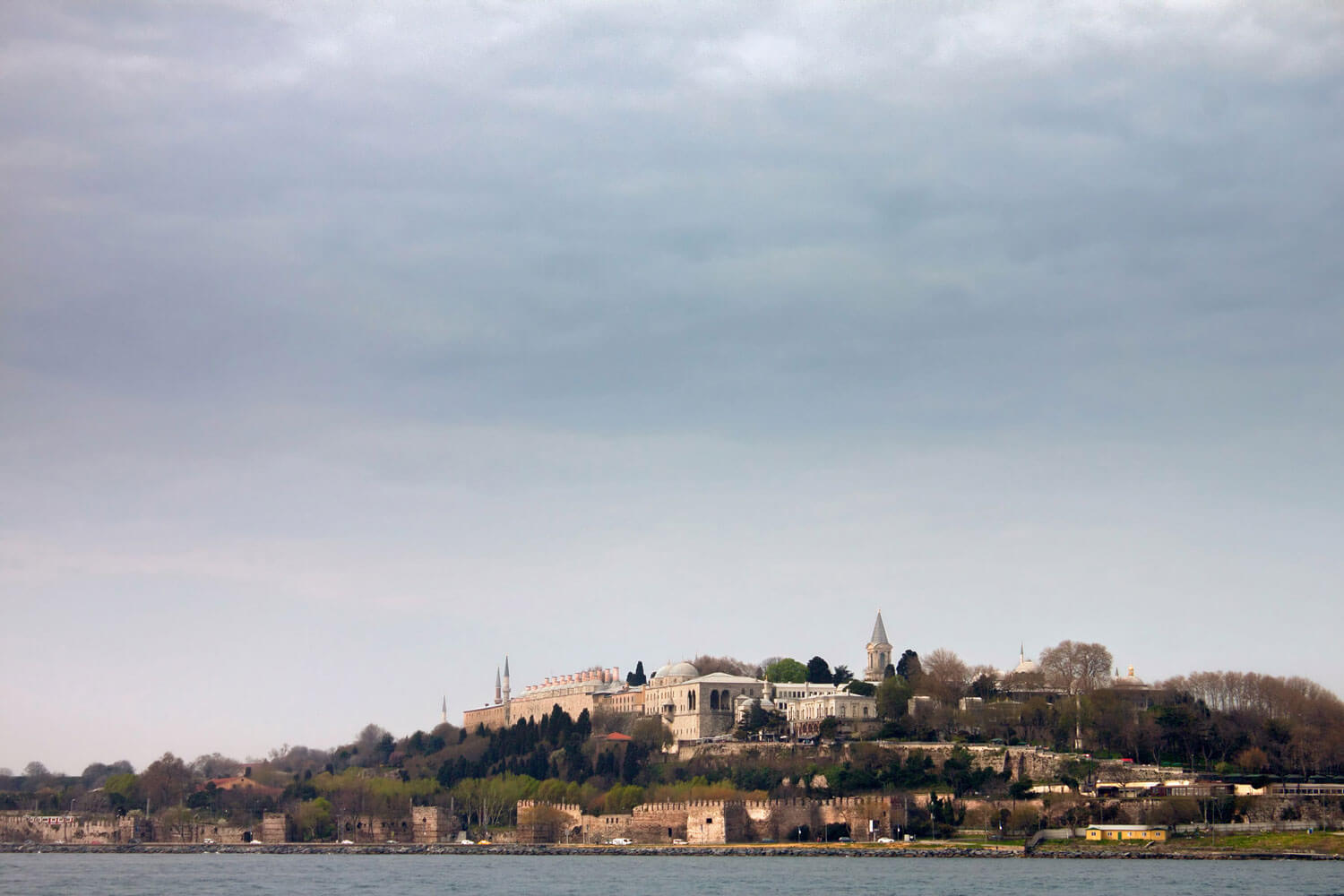
A short story:
This is the Topkapı Palace in Istanbul. In the 16th century, the Turks ruled half the civilized world from here.
The rise to power of the Ottoman Turks is one of the most powerful dramas of all time. Their empire filled the void left by the Roman Empire and inherited its political role. Istanbul, while carrying Islam into Europe, conveyed the Western thought and culture to the world of Islam.
The intensity of this extraordinary cultural amalgam has been exalted by outstanding monuments nestled in the most beautiful of natural settings.
"It is not improbable that when Europe in her last ditch has fought the last great battle of the Great War, we shall find that what we have again been fighting about is really Constantinople."
Leonard Woolf, 1917
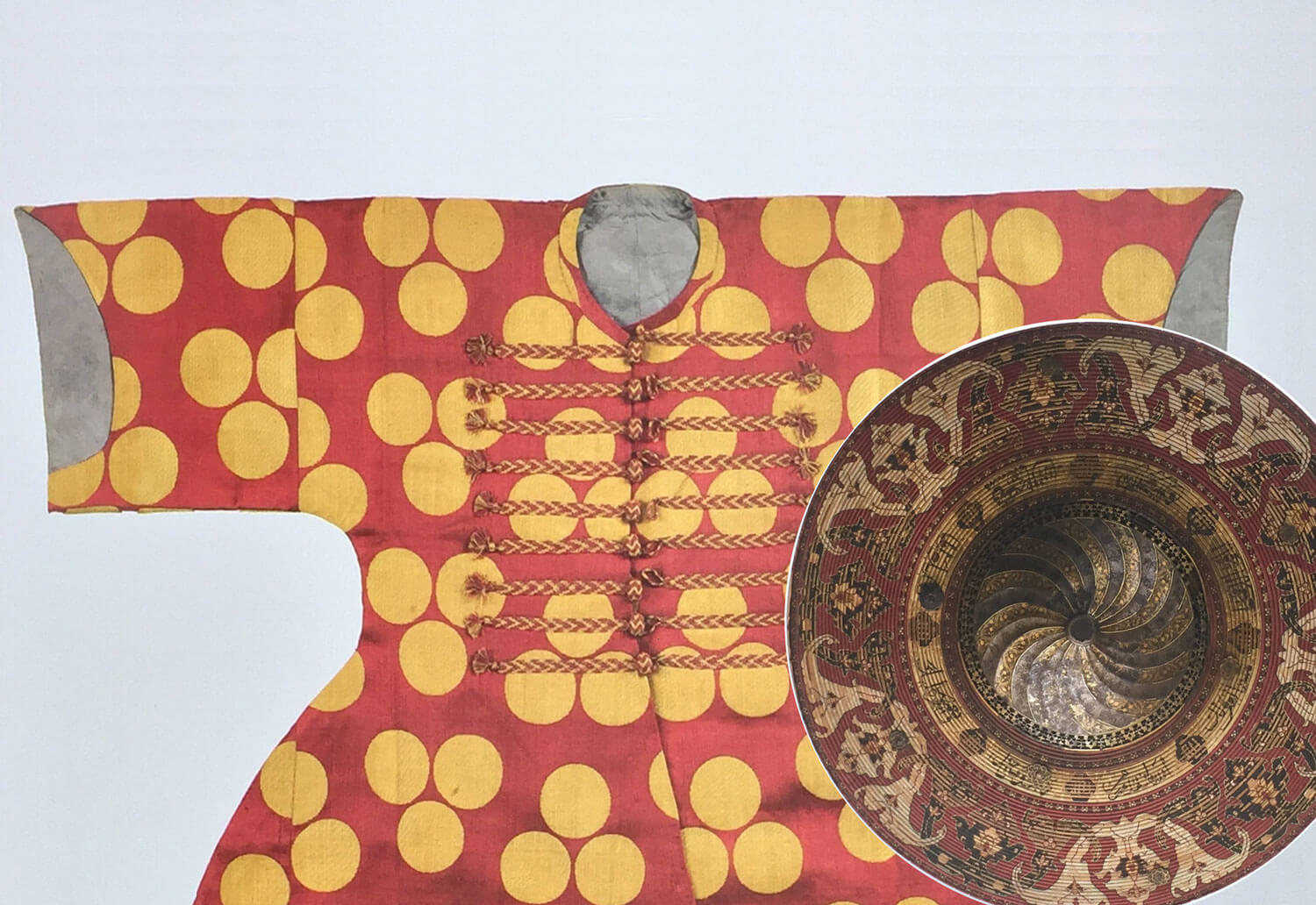
It all started from very humble beginnings in the late 1200’s.
Items of Europe’s Turcomania: a silk-and-cotton-blend kaftan and laden-silk shield of the sultans.
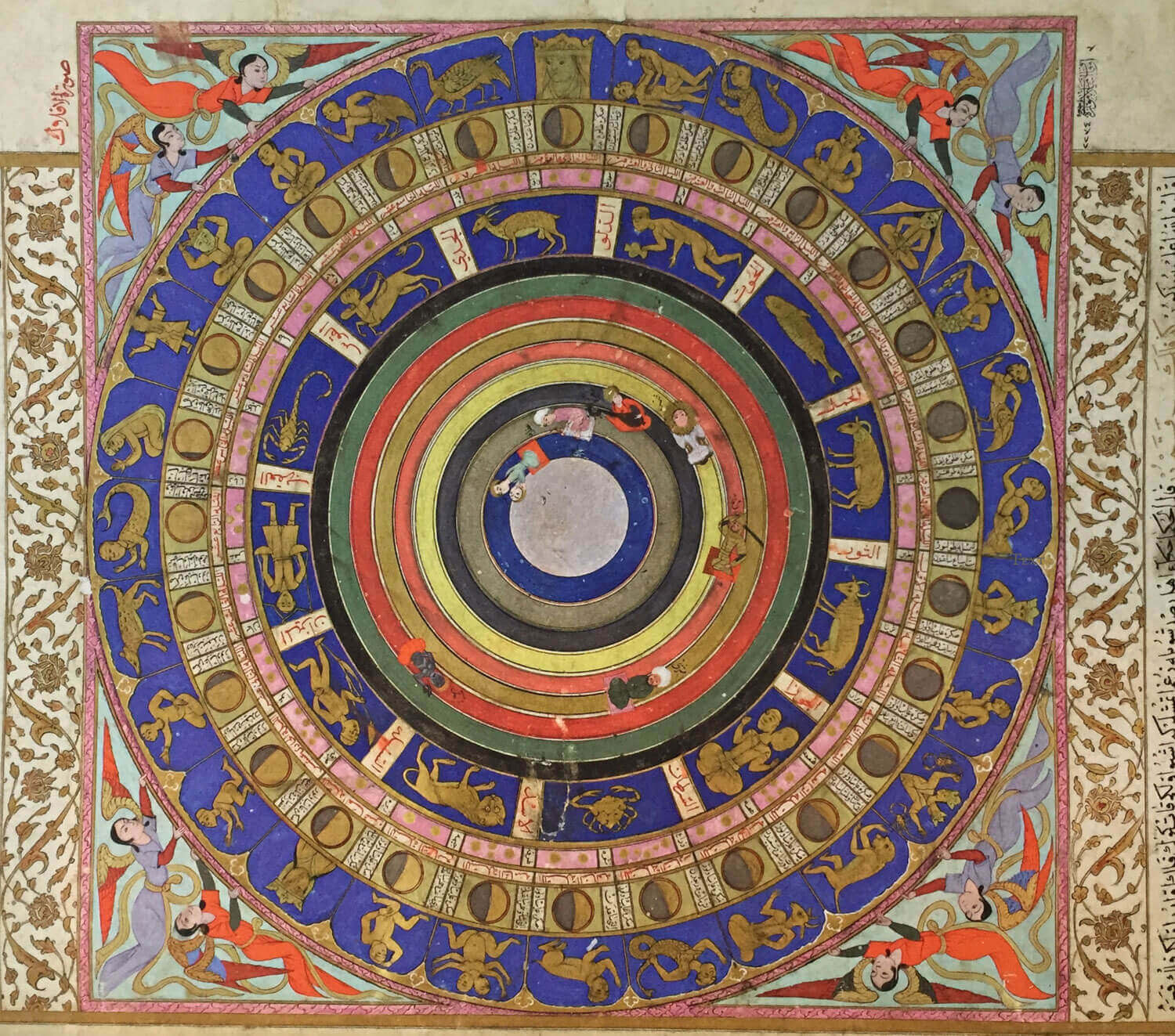
"..it was destined to be,"
claims this Ottoman manuscript about the origins of the Universe and the celestial movements around the Sun while tracing the roots of the 'House of Osman'.
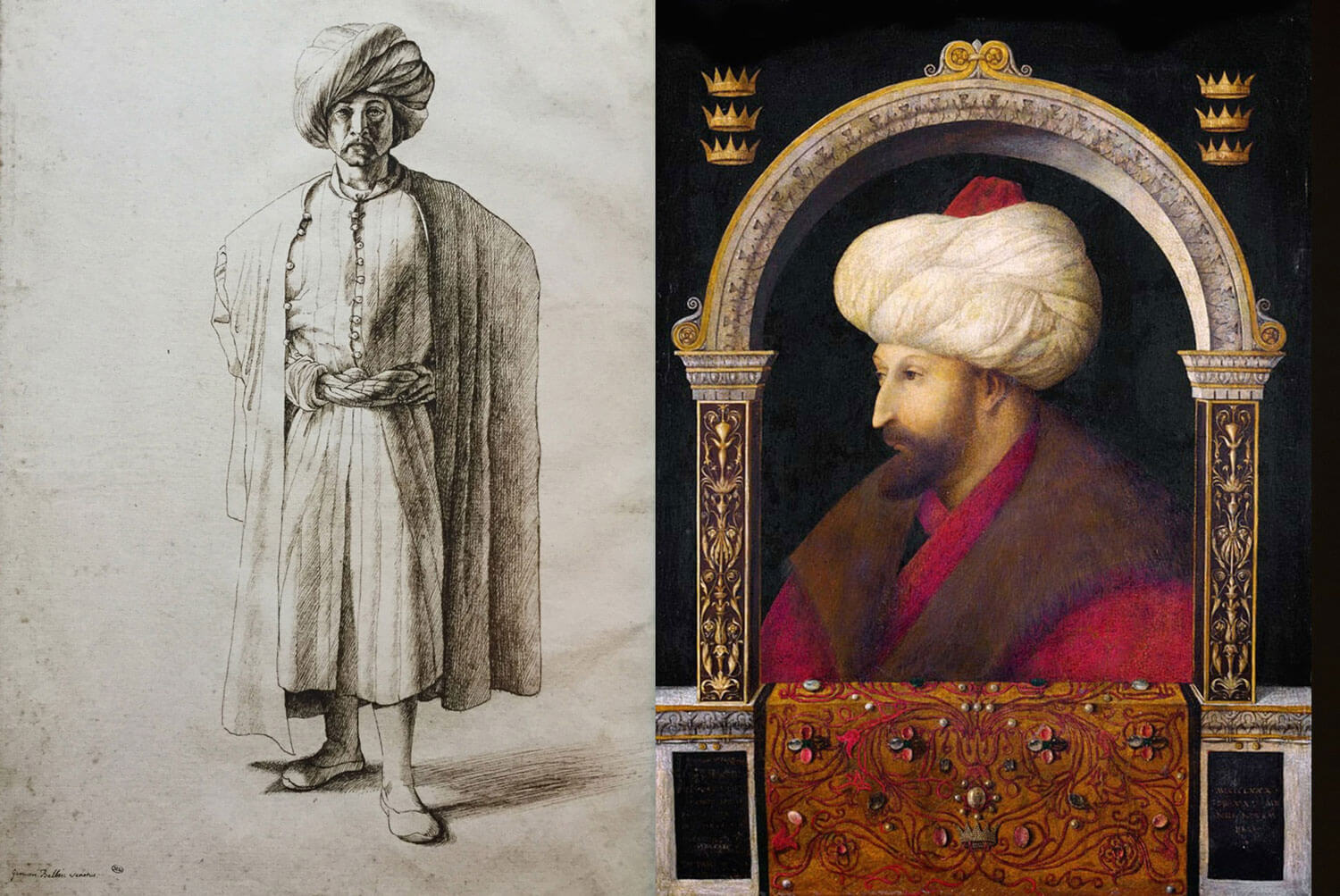
The Europeans certainly saw it coming.
Giovanni Bellini’s sketch and painting of Mehmed II ‘The Conqueror.’
If it weren’t for the Venetians, the Ottomans might have taken all of Europe by the turn of the 15th century.
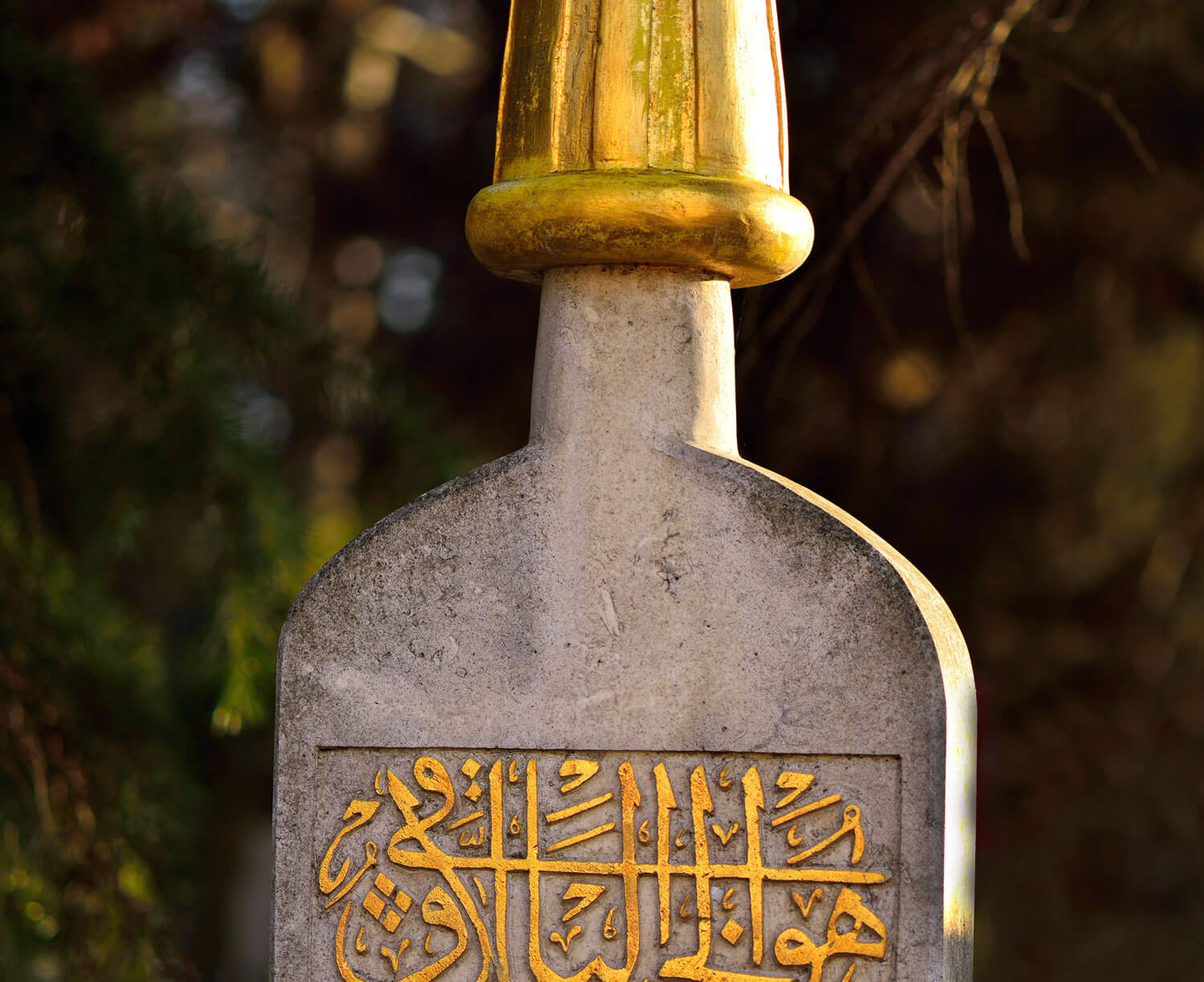
The Ethics of Governance:
“Listen, my heart, don’t crave silver and gold like a highwayman;
Don’t spruce yourself up with satin and trinkets like a seductress…
Don’t stand there, stiff, chest puffed up, like a wrestler’s lion.
Never cherish wealth or high office. Don’t brag: ‘I’m better than everyone!’. If you aspire to God’s compassion, kindness should first come from you.”Emperor Sultan Suleiman I ‘The Magnificent’, 1520-1566
❀
“My Dear Marc,
Today I went to see my physician Hermogenes… It is hard to remain an Emperor in the presence of a physician..”Emperor Hadrian, 98-122 AD
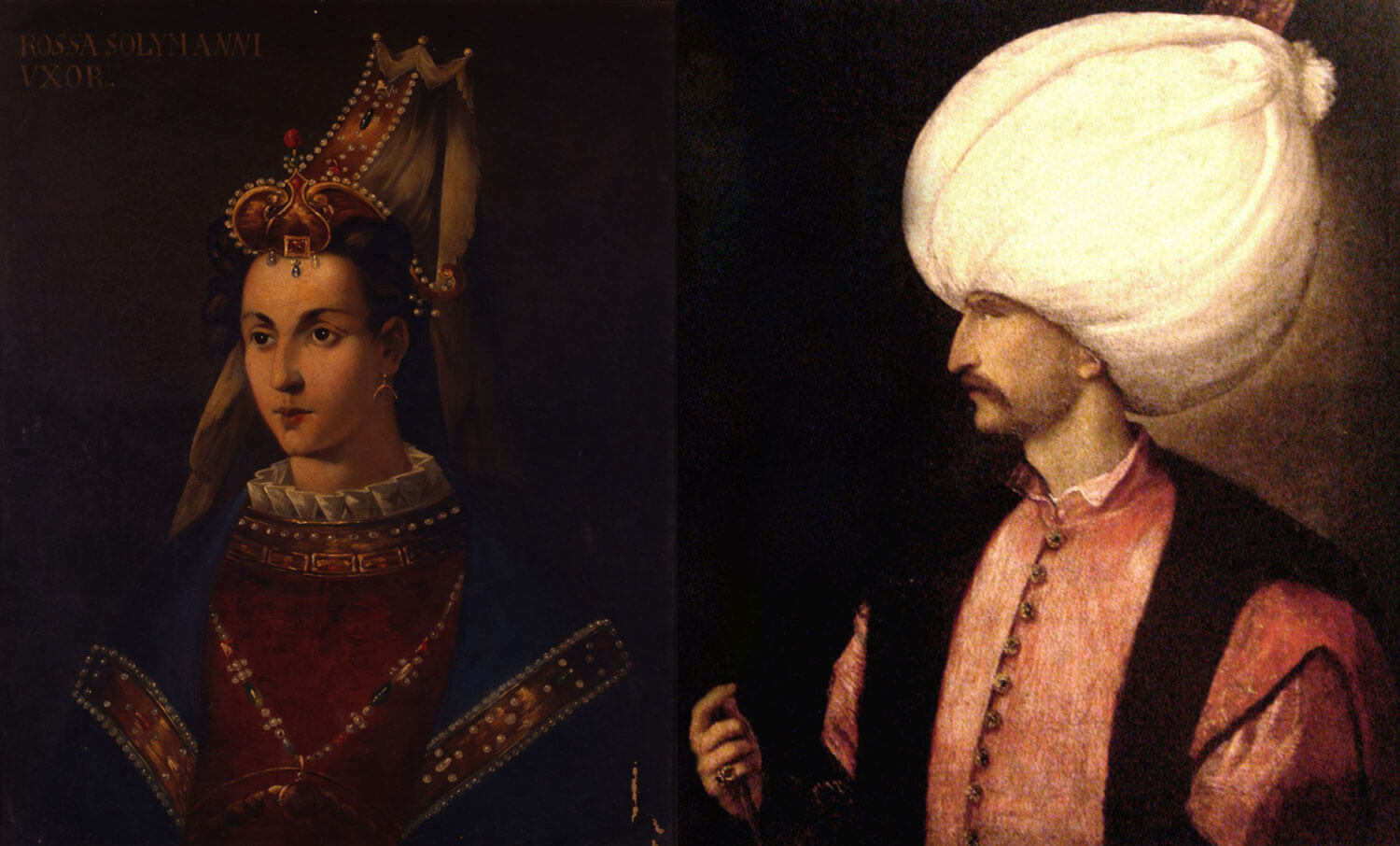
Letter to his wife, Roxelana from Suleyman I, while on campaign in Hungary, August 1535:
Throne of my lonely niche, my wealth, my love, my moonlight. My most sincere friend, my confidant, my very existence, my Sultan.
The most beautiful of the beautiful...
My springtime, my merry faced love, my daytime, my sweetheart, my pomegranate..
My sweet, my rose, my elixir of Paradise, the one only who does not distress me in this world...
My Istanbul, my Karaman, the earth of my Anatolia. My Egypt, my Baghdad, my Greece, Serbia, Khorasan,
My woman of the beautiful hair, eyes that ravish. my love of the slanted brow, my love of eyes full of trifle.
If I die, yours is the guilt; help, I beg you, my love from a different religion.
I'll sing your praises always
I have a tormented heart, eyes full of tears, but this joy is mine.
Letter from Roxelana in Istanbul, in reply, September 1535:
My dearest Sultan! I am in pain due to being away from you. I would pray to Allah to not afflict such pain even upon your enemies. It has been one-and-a-half months since I last heard from you, Allah knows that I have been crying night and day waiting for you to come back home. Once the one and only Allah allowed me to receive good news from you, I came to life once more since I had died while waiting for you. My dearest sultan! I am begging Allah for you to send me your blessed letters. Believe me when I say this: if I cannot hear a word from you for more than two weeks, my world collapses.
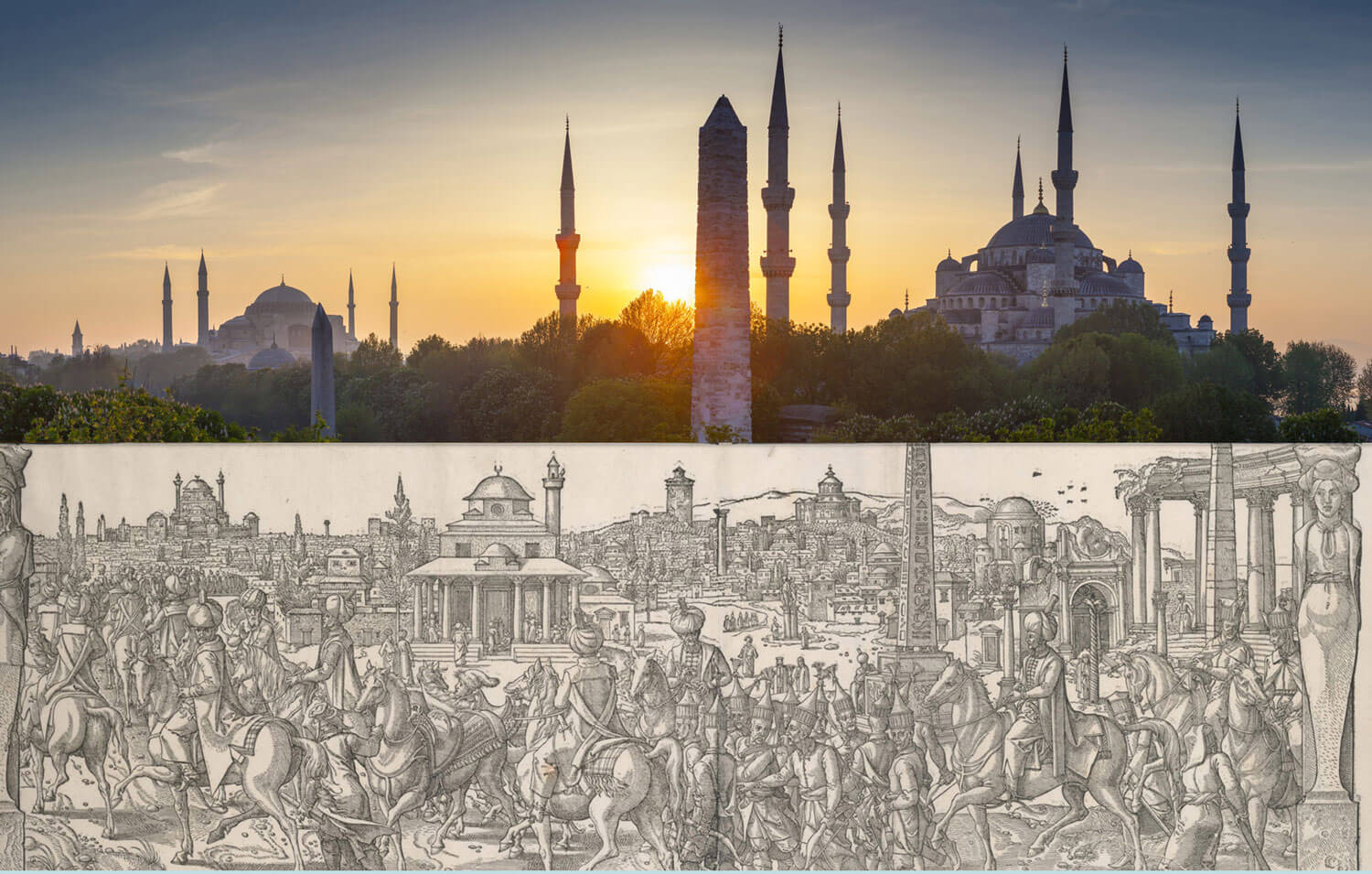
The Hippodrome, built by the Romans in 200 AD as a 100,000-seater horse-racing stadium is where 1400 years later Ottoman festivals would take place, like the one we will now show you in the next slide.
❁
Below: Procession of Sultan Süleyman the Magnificent through the Hippodrome in 1553 recounted by Pieter Coecke van Aelst Antwerp. The Metropolitan Museum of Art.
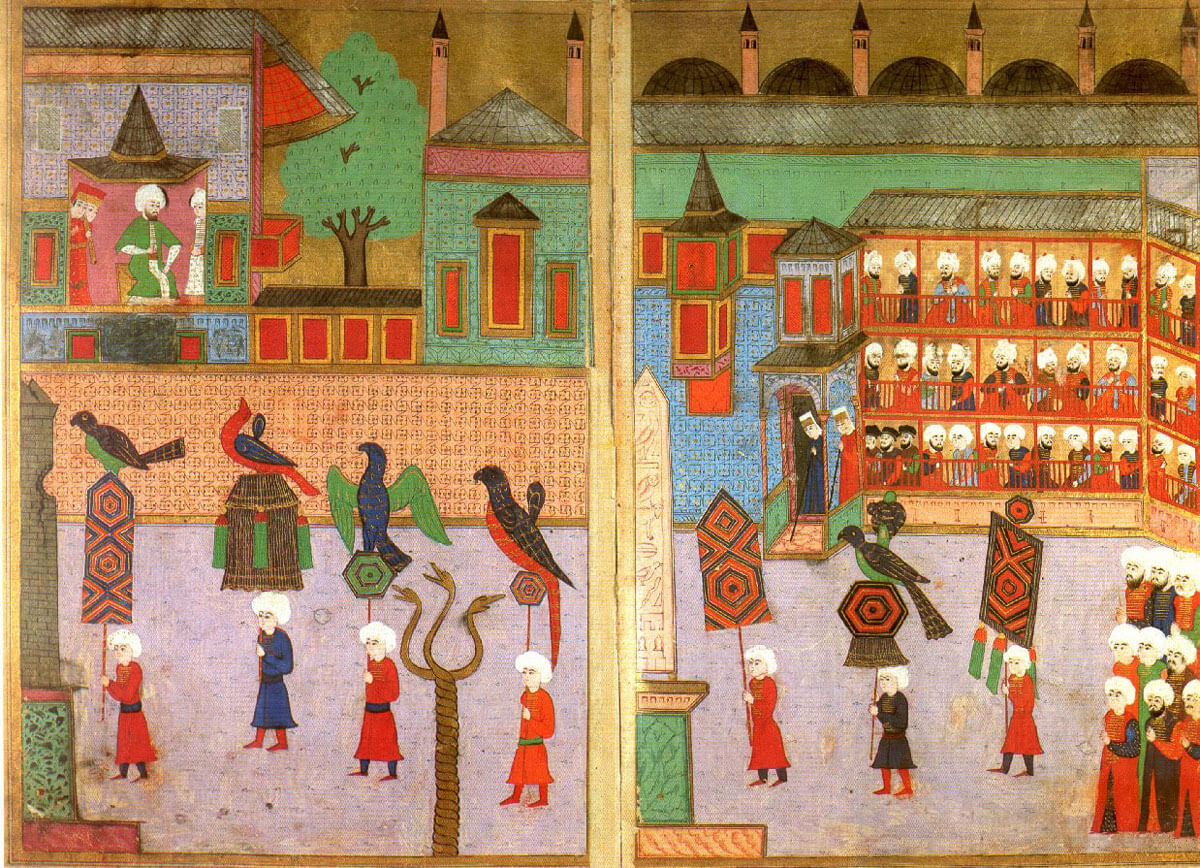
An Ottoman Festival of 1582 honoring the Crown Prince Mehmed staged at the Hippodrome with extraordinary events, where the sixth day of the activities would be devoted entirely to a procession/parade of the guilds of the city:
Procession of the guild of bathhouse attendants (the ’Tellak’s). Ottoman processions were a continuation of the Byzantine ones, with the Sultan honoring the ceremonies in the royal box- an opportunity to bring together the ruler and the populace.
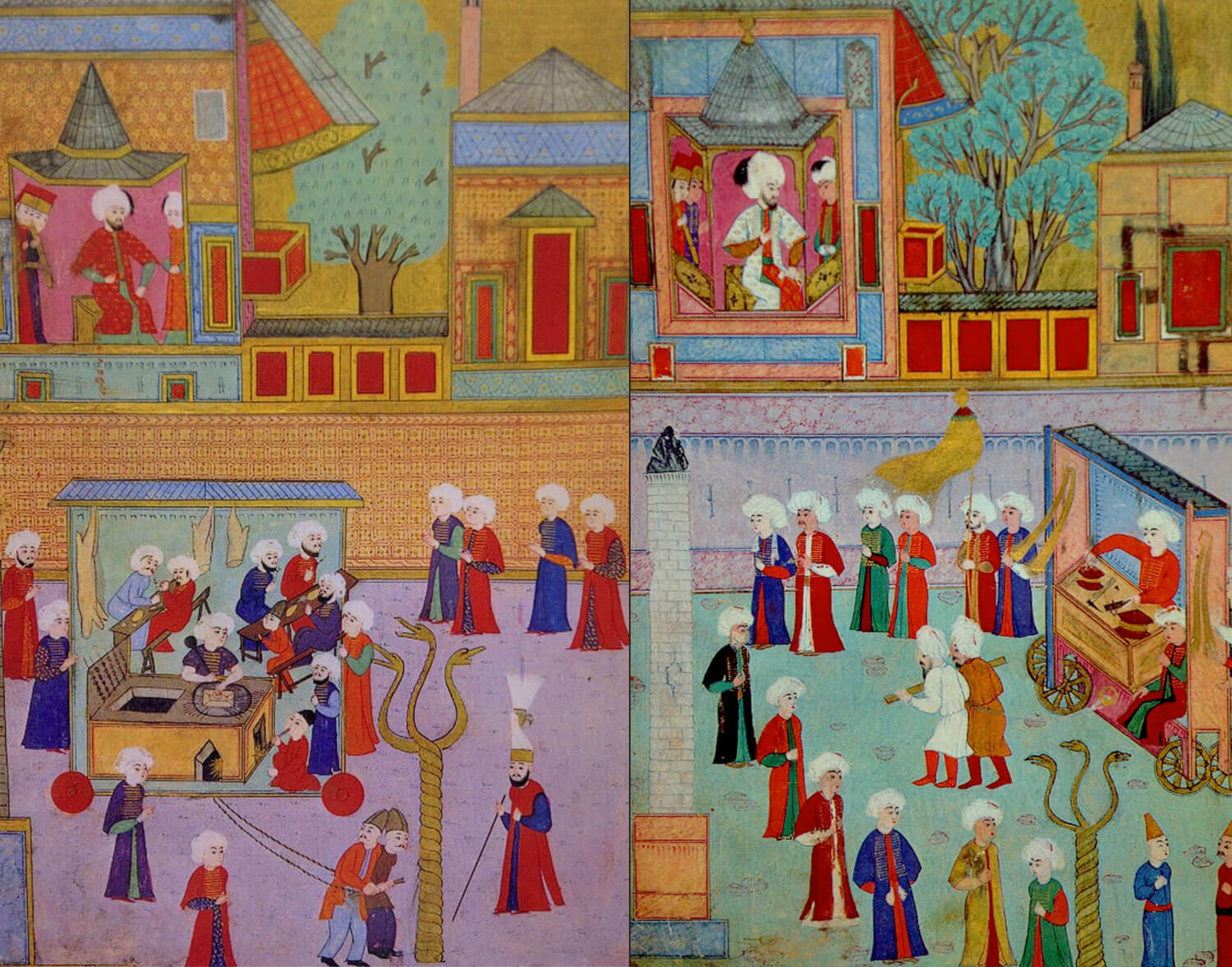
Ethics of Ruling
Left: Guilds Association of Kebab Makers and their rolling model-station saluting the Sultan.
Right: Bakers and their rolling model-bakery ('fırın') saluting the Sultan.
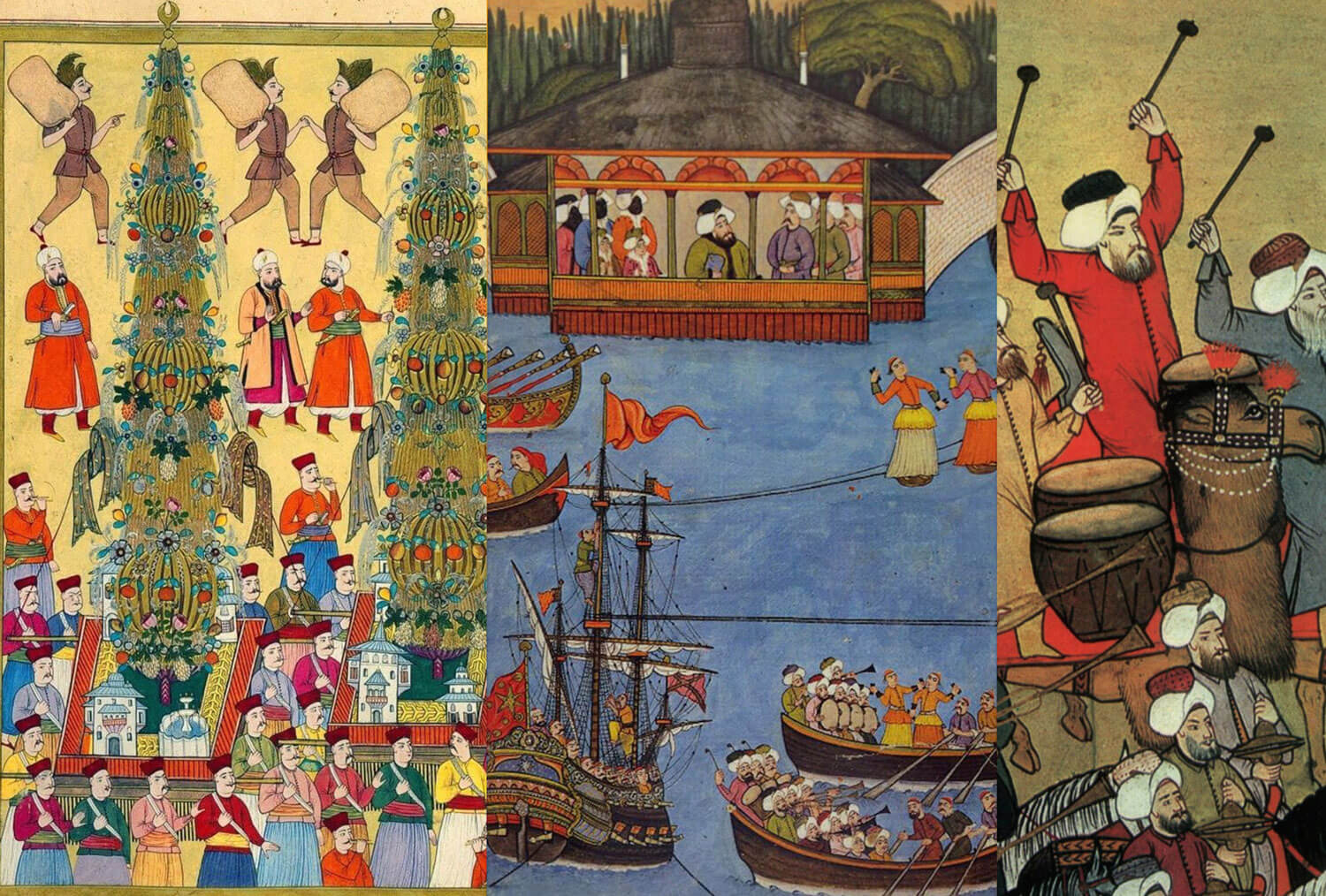
Left: wheeled fountains of delicacies for the populace. This is the origin of Baklava in its most sophisticated form.
Center: Lavish Water Festivities in a gigantic pool.
Right: the 'Mehter', Ottoman Marching Band – the first of its kind.
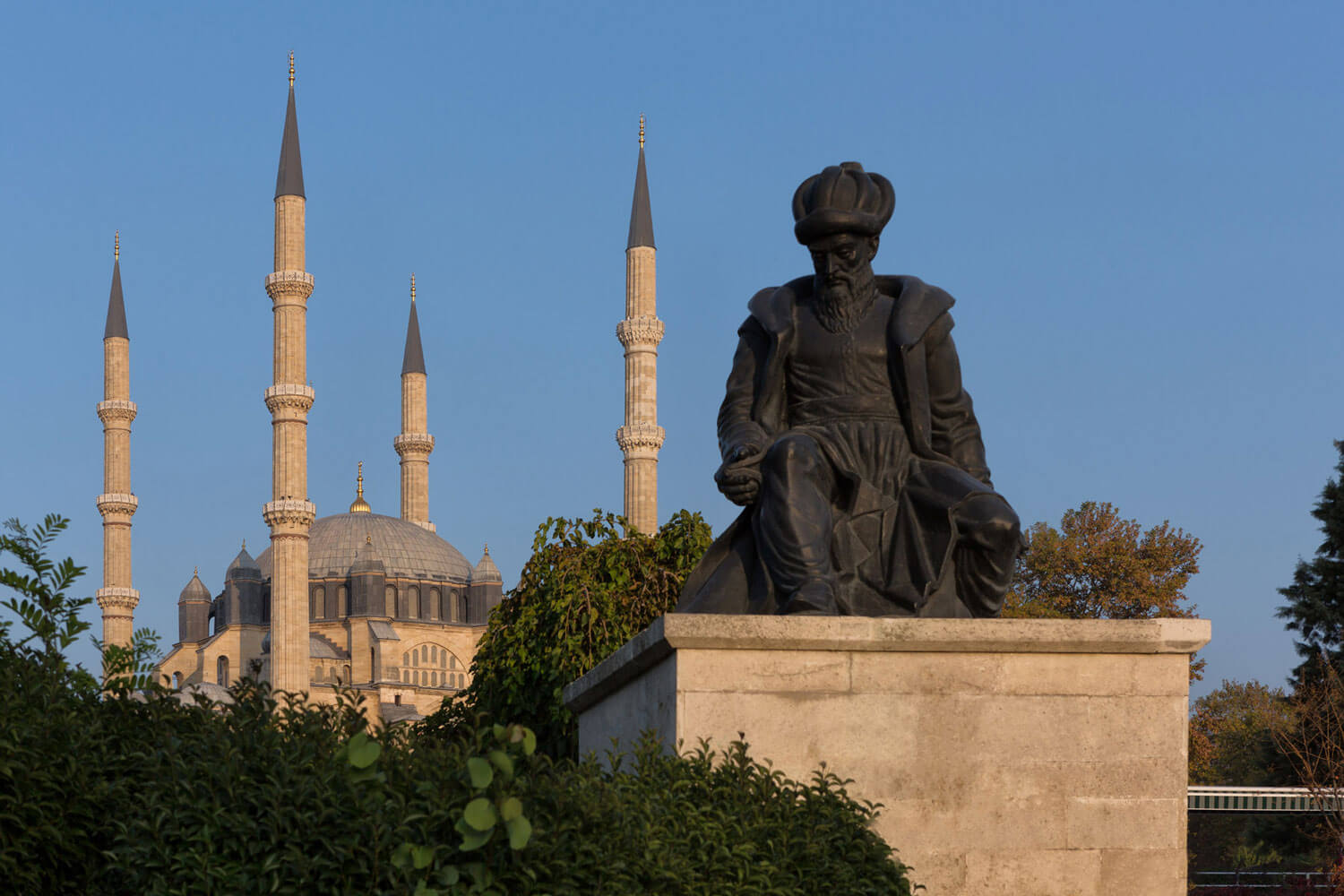
Ottoman Empire reached its zenith in the 16th century. The royalty and the elite competed in embellishing the capital with wonderful mosques, schools, bathhouses and fountains.
This was their Golden Age, and the master architect of this age was Sinan (1491-1588). No less a colleague than Frank Lloyd Wright acclaimed Sinan the master builder of all time.